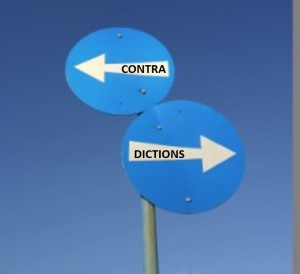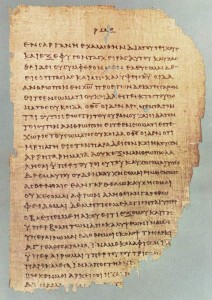 The gospel accounts of what happened at Jesus’ tomb on Easter Sunday are another favorite target of Bible critics. They point to several inconsistencies in the accounts’ details to illustrate that the gospels are inaccurate and contradictory.
The gospel accounts of what happened at Jesus’ tomb on Easter Sunday are another favorite target of Bible critics. They point to several inconsistencies in the accounts’ details to illustrate that the gospels are inaccurate and contradictory.
In fact, a close reading of the text shows neither inaccuracy nor contradiction. Those who use this as a means of tearing down the text’s credibility do so either because they’re biased and have never actually read the text, or because they are intentionally attempting to deceive others into believing that these accounts are contradictory. Continue reading

